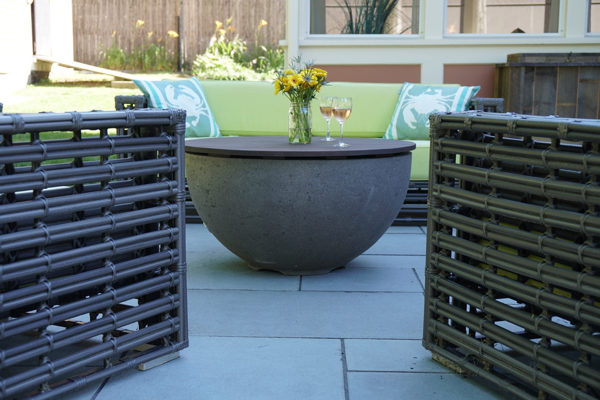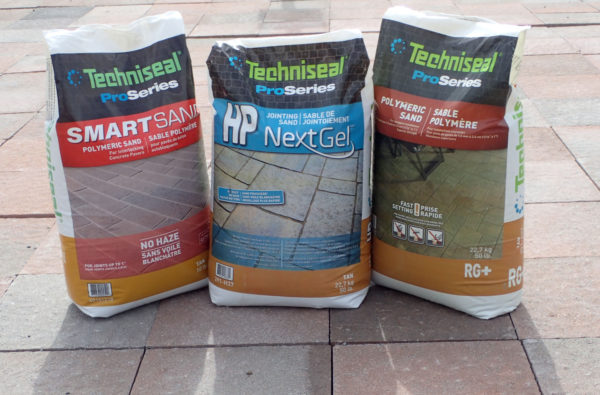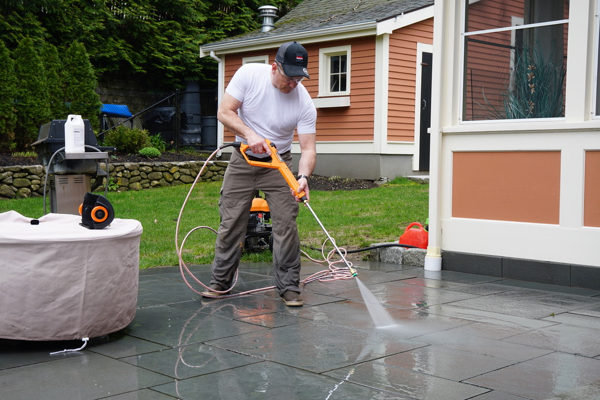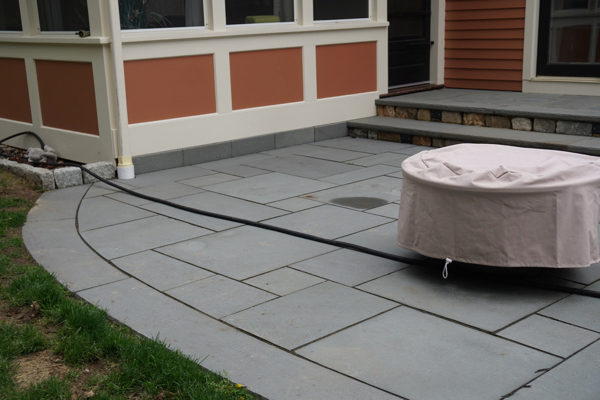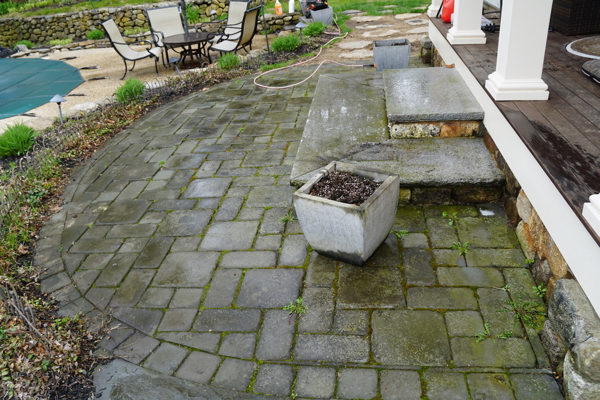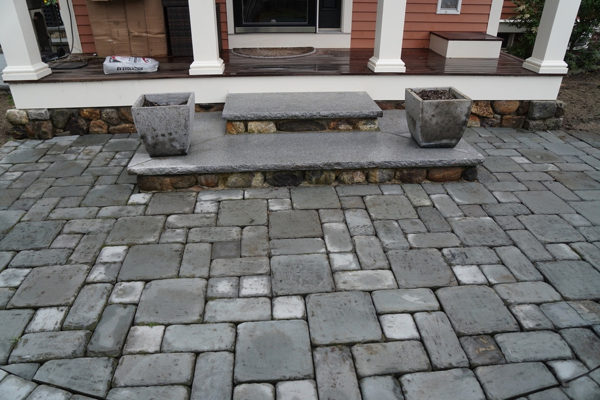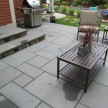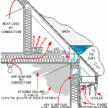Preventing Patio Weed Growth with Polymeric Sand
Using Polymeric Sand To Refresh A Patio
I have a Blue stone patio with ¾” wide paver joints between the pavers. Weeds are inevitable and the best way I’ve found to eliminate them is with Polymeric sand. Preventing Patio Weed Growth with Polymeric Sand is considered a “best practice,” by many landscape designers and masons. Polymeric sand has four major features that make it the best material to use in paver joints:
- Reduces weed growth
- Resists joint wash out
- Resists insect penetration
- Helps lock pavers in place
The Best Sand For Paver Joints
Polymeric sand is a little more expensive, and is designed to resist weed growth and to harden and stay in place for a long time. Once its hard it locks the pavers in place and helps resist wash out. It is best used in the following locations:
- Driveways
- Patios
- Walkways
- Any area with pave
Cleaning Out Weeds
Before applying the sand, the space between patio stones needs to be cleaned out and weed free. I recommend washing the patio with a pressure washer and using the pressure washer to clean out the joints at the same time.
If you don’t have access to a pressure washer then use a garden hose, with a sweeper nozzle, and a broom.
For residential cleaning I use the Generac Speedwash 3200PSI Pressure Washer, it has more power than I need and has an cordless, electric start feature.
Leveling Uneven Paver Stones
Before you completely replace all of your paver joints with Polymeric sand, this is a good time to level uneven stones or replace broken ones.
Materials Needed
- Polymeric Sand
- Broom
- Leaf blower
- Water hose
- Power washer
Applying Polymeric Sand
Pour the sand onto the pavers and sweep it into the joints.
TIP: I sometimes use empty milk gallon, that I modify by cutting the bottom off and using is as a funnel. This gives me more precise control applying the sand to the joints.
Sweep more sand into the joints until the sand is within 1/8” of the top of the paver. You don’t want the sand to be even with the top of the paver, especially if the top of the paver has a bevel.
Use a broom or leaf blower to gently blow excess dust from the pavers. Wear eye protection . Once ALL dust has been removed, you are ready to spray water to clean off the patio and wet the joints.
Joint Size
It’s recommended to only use Polymeric sand to fill the entire depth of the paver between and on joints between ¼ inch and 1.5 inches wide. Wider paver joints take longer to harden.
Watering the Joints
Watering the joints is crucial. You need to add enough water to saturate the sand but not so much that you float the polymers out of the sand. The most effective way to water the sand is to adjust the nozzle to a light spray pattern. Water the paver joints until no more water will soak in.
Once you wet the sand, the polymer in the sand will begin to set and no more water will penetrate. Water deeply and until fully saturated. The danger in not watering thoroughly is that the top will harden and the bottom will not.



